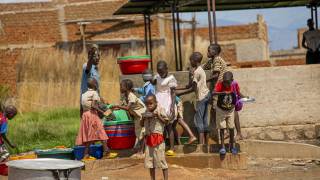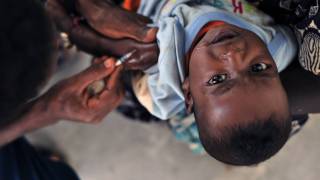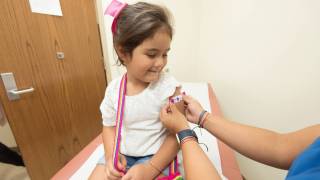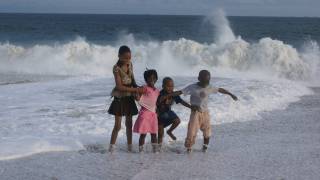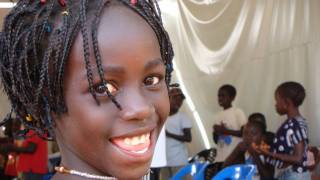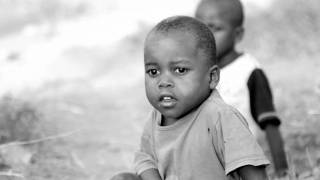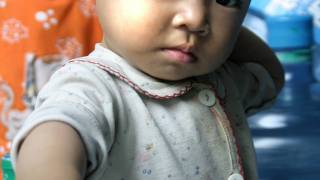Worst Backslide in Children Vaccinations Confirmed
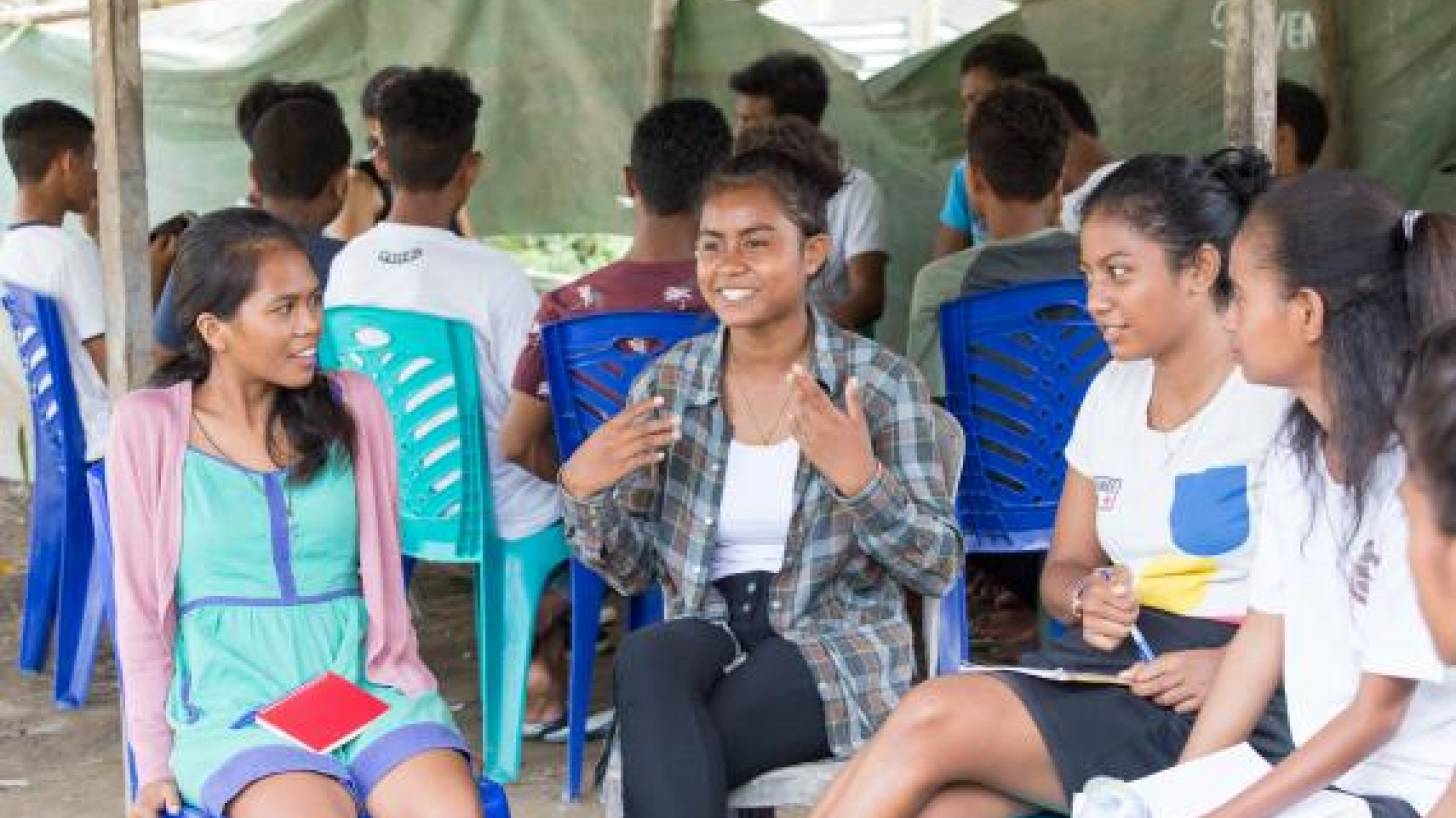
The largest sustained decline in childhood vaccinations in approximately 30 years has been recorded in official data published today by WHO and UNICEF.
The percentage of children who received three doses of the vaccine against diphtheria, tetanus, and pertussis (DTP), a common marker for immunization coverage, declined by 5% between 2019 and 2021 to a low of 81%.
As a result, 25 million children missed out on one or more doses of DTP through routine immunization services in 2021 alone.
This is 2 million more than those who missed out in 2020 and 6 million more than in 2019, highlighting the growing number of children at risk from devastating but preventable diseases. The decline was due to many factors, including an increased number of children living in conflict and fragile settings where immunization access is often challenging, and COVID-19 related issues such as service and supply chain disruptions, resource diversion to response efforts, and containment measures that limited immunization service access and availability.
“This is a red alert for child health. We are witnessing the largest sustained drop in childhood immunization in a generation. The consequences will be measured in lives,” said Catherine Russell, UNICEF Executive Director, in a press release issued on July 15, 2022.
“While a pandemic hangover was expected last year due to COVID-19 disruptions and lockdowns, we are seeing a continued decline. COVID-19 is not an excuse.”
“We need immunization catch-ups for the missing millions, or we will inevitably witness more outbreaks, more sick children, and greater pressure on already strained health systems.”
It was hoped that 2021 would be a year of recovery during which strained immunization programs would rebuild, and the cohort of children missing vaccines in 2020 would be caught-up.
Instead, DTP coverage was set back to its lowest level since 2008, along with declines in coverage for other basic vaccines, pushed the world off-track to meeting global goals, including the immunization indicator for the Sustainable Development Goals.
Vaccine coverage dropped in every region, with the East Asia and Pacific regions recording the steepest reversal in DTP coverage, falling 9% in just two years.
Myanmar and Mozambique are among the countries with the largest relative increases in the number of children who did not receive a single vaccine between 2019 and 2021.
And unfortunately, over a quarter of the coverage of HPV vaccines that was achieved in 2019 has been lost.
This has grave consequences for the health of women, as global coverage of the first dose of the human papillomavirus (HPV) vaccine is only 15%, despite the first vaccines being licensed over 15 years ago.
And 3.5 million missed the first dose of the HPV vaccine, which protects women against cervical cancer later in life.
“Planning and tackling COVID-19 should also go hand-in-hand with vaccinating for killer diseases like measles, pneumonia, and diarrhea,” commented Dr. Tedros Adhanom Ghebreyesus, WHO Director-General.
“It’s not a question of either/or, it’s possible to do both.”
Some countries notably held off declines. Uganda maintained high coverage in routine immunization programs while rolling out a targeted COVID-19 vaccination program to protect priority populations, including health workers.
Similarly, Pakistan returned to pre-pandemic levels of coverage thanks to high-level government commitment and significant catch-up immunization efforts. To achieve this in the midst of a pandemic, when healthcare systems and health workers were under significant strain, should be applauded.
Inadequate coverage levels have already resulted in avoidable outbreaks of measles and polio in the past 12 months, underscoring the vital role of immunization in keeping children, adolescents, adults, and societies healthy.
First dose measles coverage dropped to 81% in 2021, also the lowest level since 2008.
Similarly, compared to 2019, 6.7 million more children missed the third dose of the polio vaccine.
The sharp two-year decline follows almost a decade of stalled progress, underscoring the need to address pandemic-related disruptions and systemic immunization challenges to ensure every child and adolescent is reached.
WHO and UNICEF are working with Gavi, the Vaccine Alliance, and other partners to deliver the global Immunization Agenda 2030 (IA2030), a strategy for all countries and relevant global partners to achieve set goals on preventing diseases through immunization and delivering vaccines to everyone, everywhere, at every age.
“It’s heartbreaking to see more children losing out on protection from preventable diseases for the second year in a row. The priority of the Alliance must be to help countries to maintain, restore and strengthen routine immunization alongside executing ambitious COVID-19 vaccination plans, not just through vaccines but also tailored structural support for the health systems that will administer them,” stated Dr. Seth Berkley, CEO of Gavi, the Vaccine Alliance.
Monumental efforts will be required to reach universal coverage levels and prevent outbreaks.
In the USA, the Centers for Disease Control and Prevention published an updated children's vaccination schedule in February 2022. And with the flu season fast approaching, the CDC is encouraging most children over six months of age to get their annual influenza vaccination.
Flu shots are often available at local pharmacies and health clinics in the USA beginning in August.
PrecisionVaccinations publishes fact-checked, research-based vaccine news curated for mobile readership.
Our Trust Standards: Medical Advisory Committee



